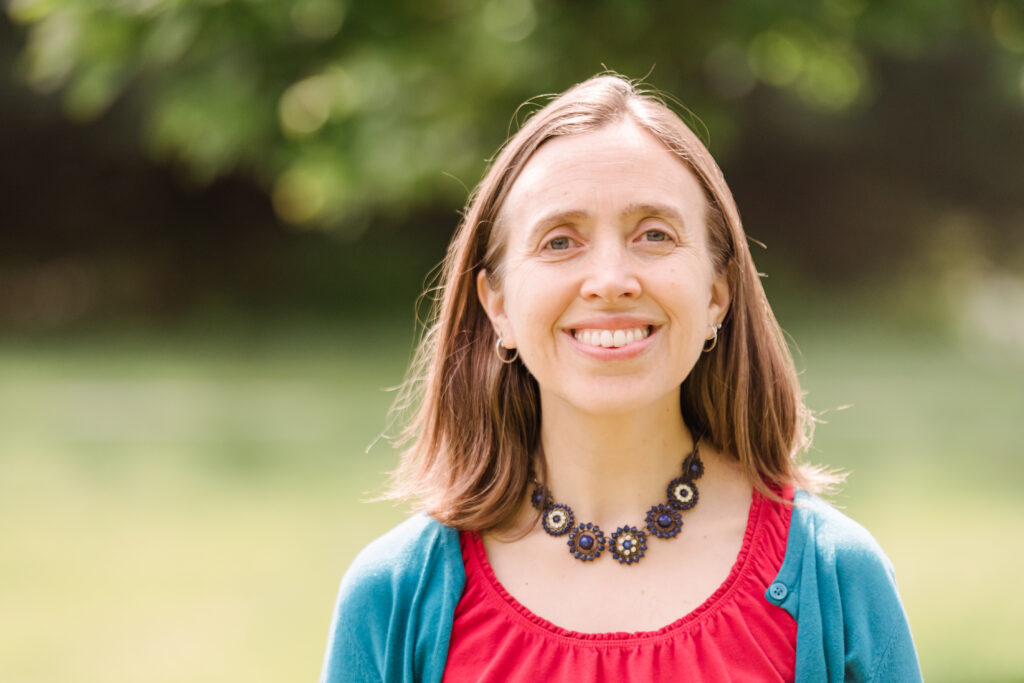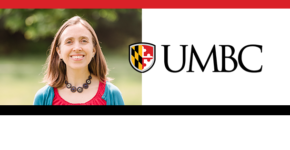 Green space in cities is limited, so how do we make the land work for everyone?
Green space in cities is limited, so how do we make the land work for everyone?
Dawn Biehler, associate professor of geography and environmental sciences, at the University of Maryland Baltimore County, suggests a good first step.
Dawn Biehler is Associate Professor of Geography and Environmental Studies, and Affiliate Faculty in Gender, Women’s, + Sexuality Studies, at University of Maryland, Baltimore County. She is author of Pests in the City: Flies, Bed bugs, Cockroaches, and Rats, published in 2013 by University of Washington Press. She is currently writing up findings from two major projects; one is a six-year collaborative study of environmental injustice and mosquito ecology in West Baltimore. The other is a historical geography of the ways diverse humans and non-human animals shaped New York’s Central Park, tentatively titled Animated Landscapes: Struggles for Public Space in a More-Than-Human Park.
Learning From Central Park’s History
In the mid to late nineteenth century, when growing US cities like New York set aside land for green space, few people anticipated these spaces’ importance for wildlife. One early Central Park official lamented that native birds were declining there, “owing no doubt to the rapid building up of the city.”
Today, however, Central Park is a permanent home or migratory stop-over for over 200 bird species. To create and maintain urban parks that host biodiversity, officials often displaced or excluded people from already marginalized human groups. Not far from what became Central Park’s greatest bird habitat, the Ramble, the city had displaced a community of Black New Yorkers called Seneca Village in 1857 to establish the Park. In the early twentieth century, LGBTQ+ New Yorkers claimed the Ramble as a community space, but they also faced harassment from police there, and little support from bird-lovers.
New Yorkers today commemorate Seneca Village and histories of queer place-making and resistance, and these stories can also inform a different kind of urban wildlife conservation, in which researchers and conservationists work with communities to create vibrant multispecies green spaces. This is happening in large urban parks, and in revitalized vacant lots in places like Baltimore, where I also do research. Climate change and habitat loss are making urban green spaces all the more important for
wildlife conservation. And, these spaces are vital for human communities to preserve their homes and cultural heritage and to ensure their sense of belonging and rights to the city.
Read More:
[University of Washington Press] – Pests in the City

Comments
One response to “Dawn Biehler, University of Maryland Baltimore County – Learning From Central Park’s History”